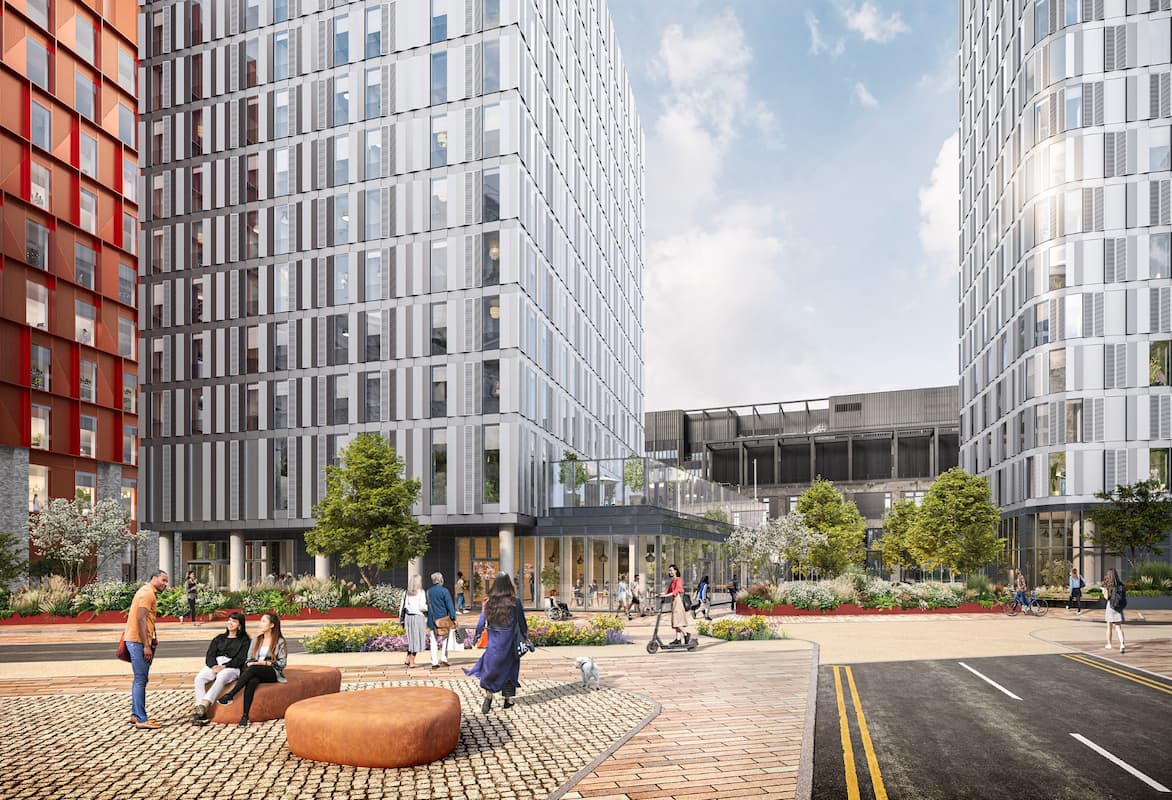The Limes has been awarded “Best Boutique Development (fewer than 50 homes)” at the Insider Media...
Why we need to collaborate more effectively
The North West property market is booming but to keep the momentum going in 2018 and beyond, all those involved in the business must work more collaboratively.
Last year, the residential sector was one of the most significant in terms of new development with several major schemes getting the green light, breaking ground or reaching key milestones. These included Alliance’s Axis Tower, which will bring will bring 168 luxury apartments and two exclusive penthouses to Manchester city centre. Over the next 12 months, Axis will rapidly take shape alongside many other exciting new residential schemes, such as Oxygen, all designed to meet the huge demand for housing in the city centre.
But as the number of new homes increases, so does the need to unlock other development opportunities. As city centres expand fuelled by new housing, inevitably there will be some areas that will need to adapt accordingly. Certain types of shops and businesses for example, may benefit from relocating so that they are more aligned with local needs. Elsewhere, there may be sites that become more suited to regeneration, so new areas on the periphery of the city centre will need to be found.
As the residential and offices market hit a peak, we are also likely to see the industrial sector come more to the fore in the North West. One of the biggest issues at the moment is a lack of high-quality industrial space for smaller companies. There is already a growing market for smaller industrial uses, with demand coming from all types of businesses, especially young, entrepreneurial companies which are expanding rapidly and want box-fresh, readily available space.
With these market changes will come challenges but these can be overcome if developers, land owners, end users and local authorities work together more effectively. By sharing our knowledge, skills, and resources we can take a more forensic approach, ensuring that any development is appropriate for the local area, will meet the needs of local communities and businesses, and be sustainable for future generations. We can also use our connections to help bring sites previously considered unviable, back into use, marrying them up with potential new occupiers.
This may require a shift in mindset for some organisations and certainly a willingness to have frank and open conversations about how each party can help each other. But by doing so, there is an opportunity to develop a broader range of development solutions, which are targeted more effectively at end users, creating sustainable and profitable schemes across a variety of sectors.
Andy Lavin, development director



